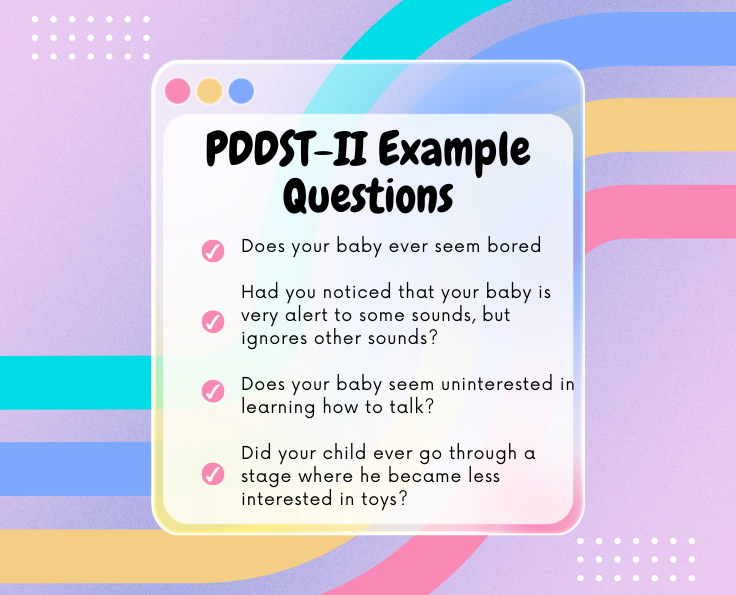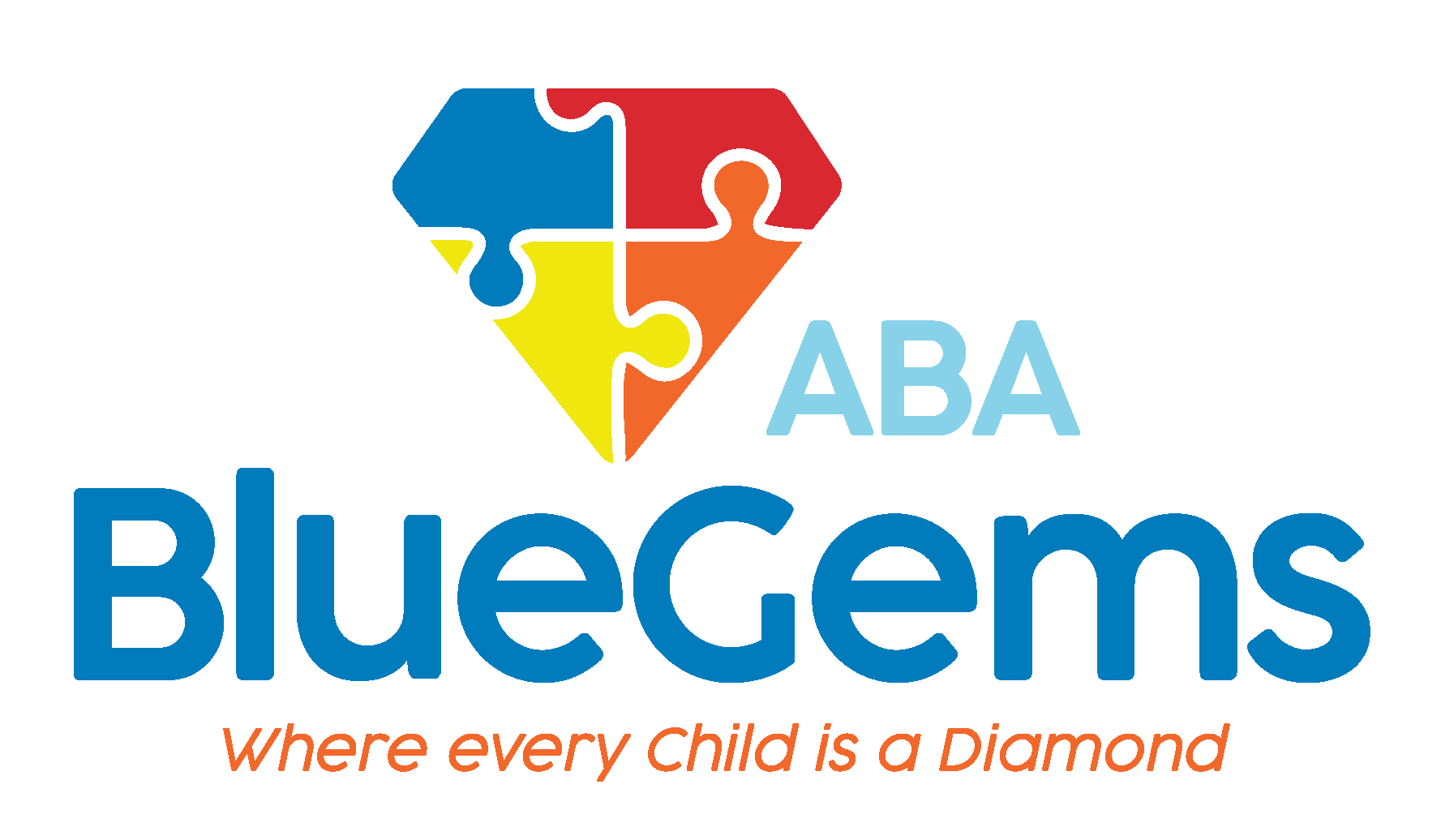Pervasive Developmental Disorders Screening Test-II (PDDST-II)
Researchers have developed a number of tests aimed to identify some potential signs and symptoms of many different disorders and conditions. These various tests screen for all types of signs and symptoms related to things such as autism spectrum disorder (ASD) and some pervasive developmental disorders (PDDs) that could be related.
A common test that’s administered as part of regular well visits at a child’s pediatrician is called the Checklist for Autism in Toddlers, better known as the M-CHAT.
Another is known as the Pervasive Developmental Disorders Screening Test-II, or PDDST-II. This is also a screening tool used by primary care providers to help them determine whether a child might need further evaluation.
Let’s take a closer look at what the PDDST-II entails and how parents are involved.
Table Of Contents
What is the Basis for the PDDST-II?
The PDDST-II is used as an early screening tool to determine whether there are possible signs and symptoms of autism in children. It is administered for children who are between 18 months old and 48 months old.
The questionnaire looks to identify any possible positive signs of autism, what would be called symptomatic behaviors, as well as negative signs, what would be called delayed milestones.
There are three principles on which the test is designed.
The first is that parents are in a unique position to be able to report on their child’s behaviors — both low-frequency and habitual. This is important because some of these behaviors could be associated with ASD, which is a key to accurately diagnosing the neurodevelopmental disorder.
The second is that while parents are a valid source of this information, they aren’t specifically trained to be able to correlate whether some of the behaviors their child is exhibiting is consistent with ASD or not. As such, the PDDST-II includes a trained clinician who will calibrate the final scoring.
Finally, the screener aims to do the best it can to minimize possible false positives, which could lead to an inaccurate diagnosis.
How is the PDDST-II Administered?
Like some other autism screening tools, the PDDST-II is a parent- or caregiver-led questionnaire. The test usually takes about 15-30 minutes to complete, as there are 23 total questions split into two categories.
The first set of questions is categorized as “usually first noticed between 12 and 18 months of age,” with the second categorized as “usually first noticed between 18 and 24 months of age.”
Each question has two possible responses — ”Yes, usually true” or “No, usually not true.”
The instructions for the test says that these age ranges, though, are only guidelines. So, if a parent or caregiver believes the child experiences a difficulty at any age, they are told to mark “Yes, usually true.”
Parents are also instructed to compare the child in question to their experience with other children such as any siblings they may have, or to what they expect their child should be like.
Some examples of questions include:
- Does your baby ever seem bored or uninterested in conversations around him?
- Had you noticed that your baby could be very alert to some sounds, but ignore other sounds that were just as loud?
- Does your baby seem uninterested in learning how to talk?
- Did your child ever go through a stage where he became less, rather than more interested in toys?

What Happens Once the Test is Completed?
After parents fill out the questionnaire, a score is generated by the clinician. If everything looks good from the results, the pediatrician will likely just advise you that your child seems to be developing appropriately.
If the results come back with potential warning signs, the pediatrician will likely ask you some follow-up questions to make sure you answered correctly. Then, they might refer you to a specialist such as a developmental pediatrician or clinical psychologist for further in-depth evaluation.
At Blue Gems ABA, for instance, we have a team of clinical psychologists who are trained at evaluating children for ASD. If such a diagnosis is appropriate, they will then refer your child for applied behavioral analysis, or ABA therapy.
This is considered the gold standard of treatment options for children on the autism spectrum, as it helps them build the social, communication and daily life skills with which they commonly struggle.
Through repetition and positive reinforcement, ABA therapists help their patients learn the skills they need to live a happy, healthy and fulfilling life.
Your Child is in Good Hands at Blue Gems ABA
The PDDST-II is one of many different screening tools that are used to identify some of the early warning signs of autism spectrum disorder. Relying on parent and/or caregiver responses, this tool is used to determine whether your child might need further evaluation for ASD.
At Blue Gems ABA, we can not only perform these in-depth evaluations but also administer tried-and-true ABA therapy to help your child succeed. Our team of experienced BCBAs administer this therapy on a one-to-one basis, creating personalized treatment plans that addresses each patient’s unique strengths and challenges.
To learn more, please contact us today.




